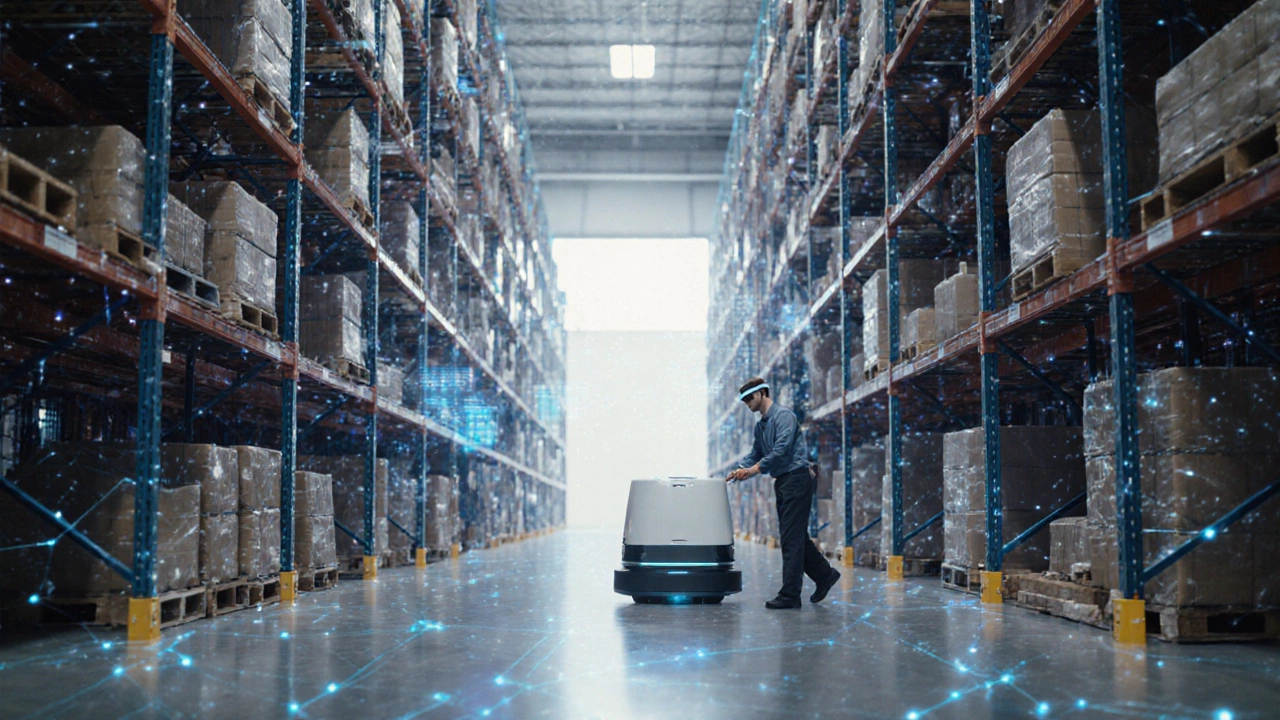Digital Twin: Virtual Replicas Driving Modern Logistics
When working with Digital Twin, a virtual copy of a physical asset that updates in real time. Also known as virtual twin, it lets businesses run simulations, predict issues, and improve performance. In logistics, a digital twin mirrors warehouses, transport routes, and inventory flows, turning raw sensor data into actionable insight. This technology requires continuous IoT feeds and encompasses predictive modeling, so managers can test changes before they happen.
Key Players that Power a Digital Twin
One of the most common partners is a Warehouse Management System (WMS), software that controls stock placement, picking, and shipping. By feeding WMS data into the twin, you get a live view of space utilization and order velocity. Supply Chain Optimization, the practice of aligning demand, production, and delivery then uses the twin’s scenario analysis to trim costs and cut lead times. Meanwhile, E‑logistics, digital platforms that automate order processing and last‑mile routing provide the transactional layer that the twin can simulate for faster order fulfillment.
Putting these pieces together creates a loop: IoT sensors feed real‑time data to the digital twin, the twin runs simulations that inform the WMS, supply chain planners, and e‑logistics tools, and the updated decisions generate new sensor data. This feedback cycle boosts efficiency, reduces downtime, and supports smarter scaling. Below you’ll find articles covering delivery‑driver insurance, logistics salaries, UPS package limits, and more—each showing how a digital twin can add clarity to the complex world of logistics.
Future Warehouse Technologies: Robotics, AI & IoT Trends for 2025
Explore the cutting‑edge warehouse technologies reshaping logistics in 2025, from robots and AI to IoT, digital twins, drones and blockchain, with practical tips and a clear implementation roadmap.
Read More